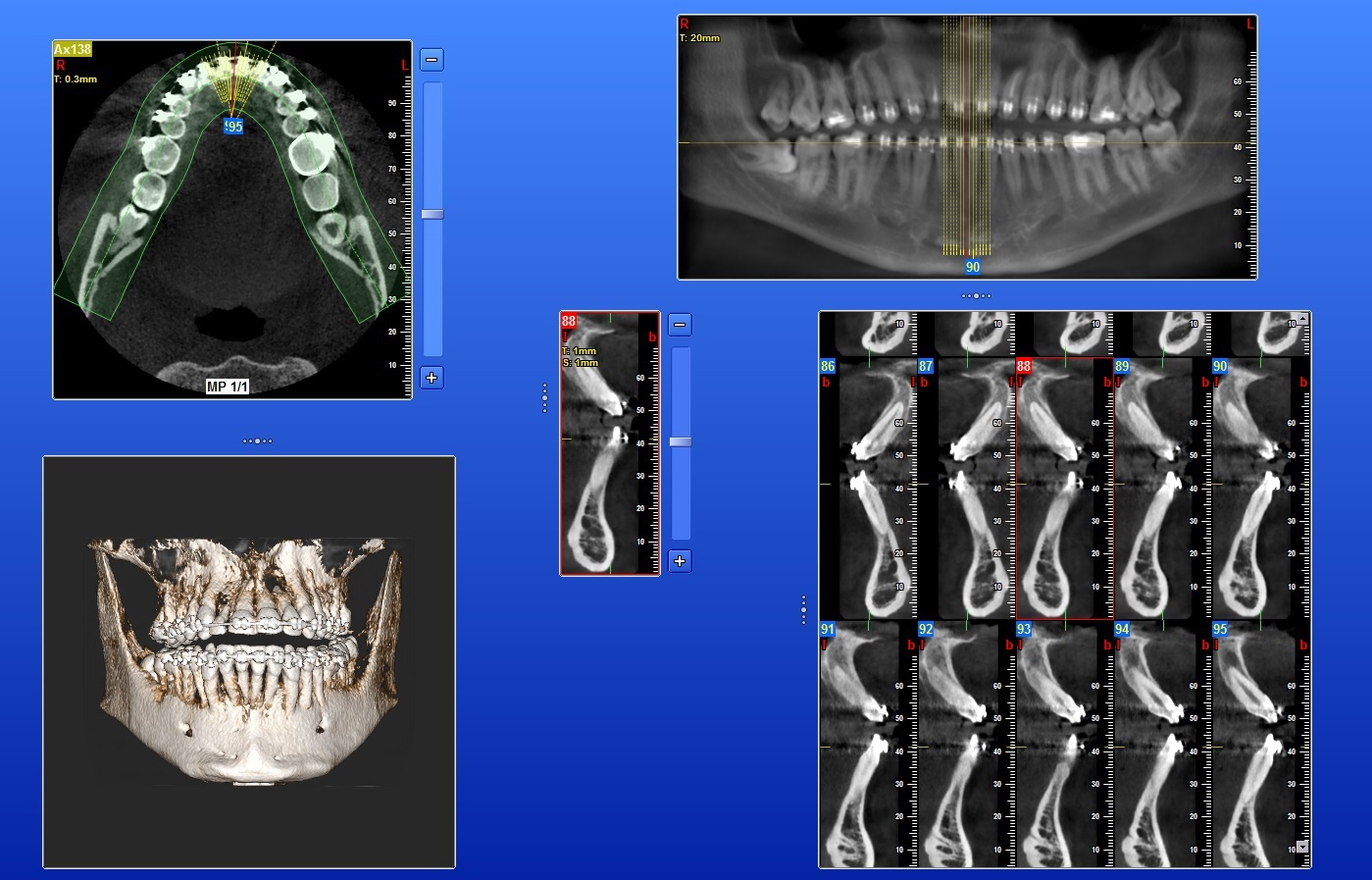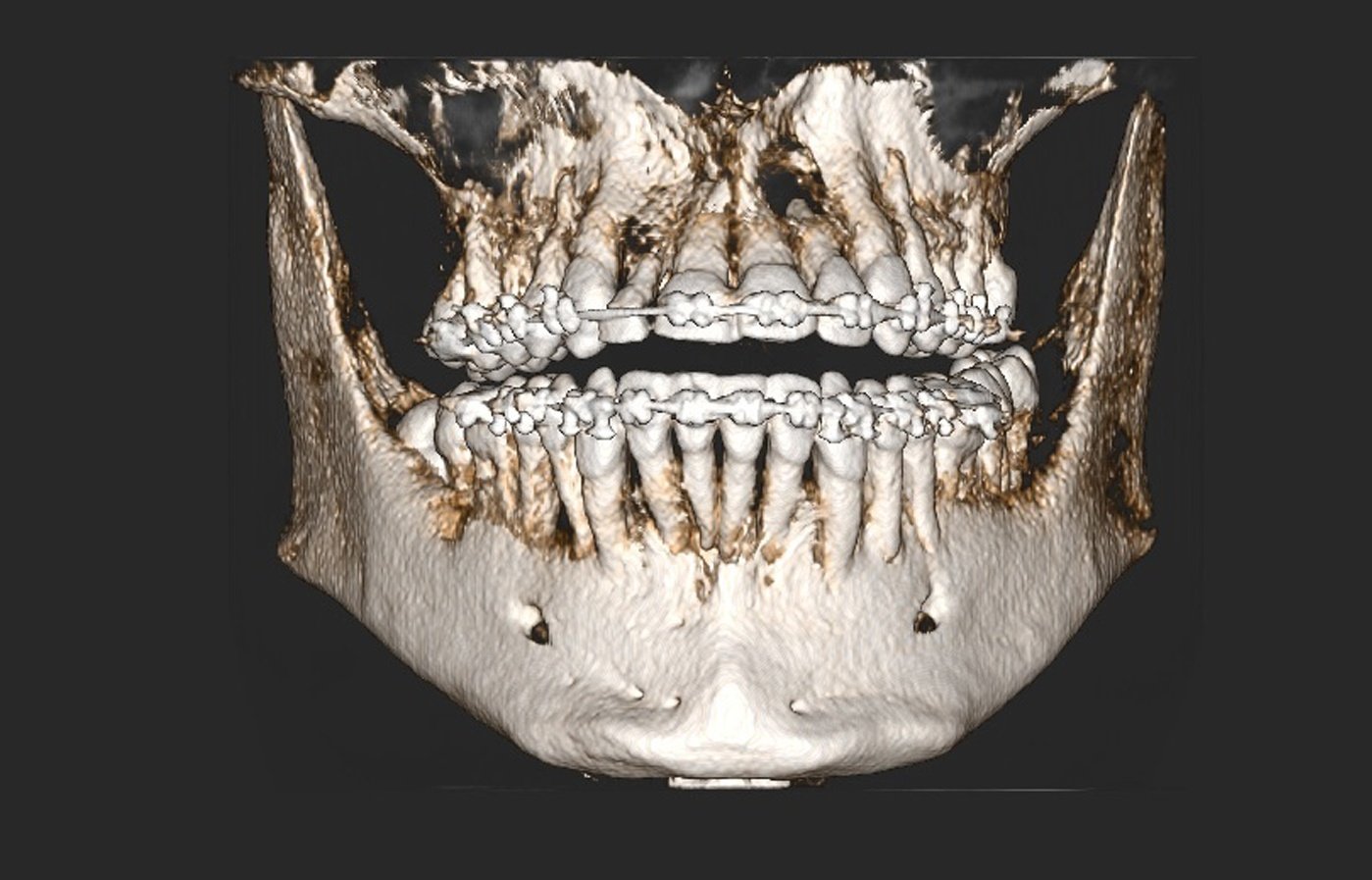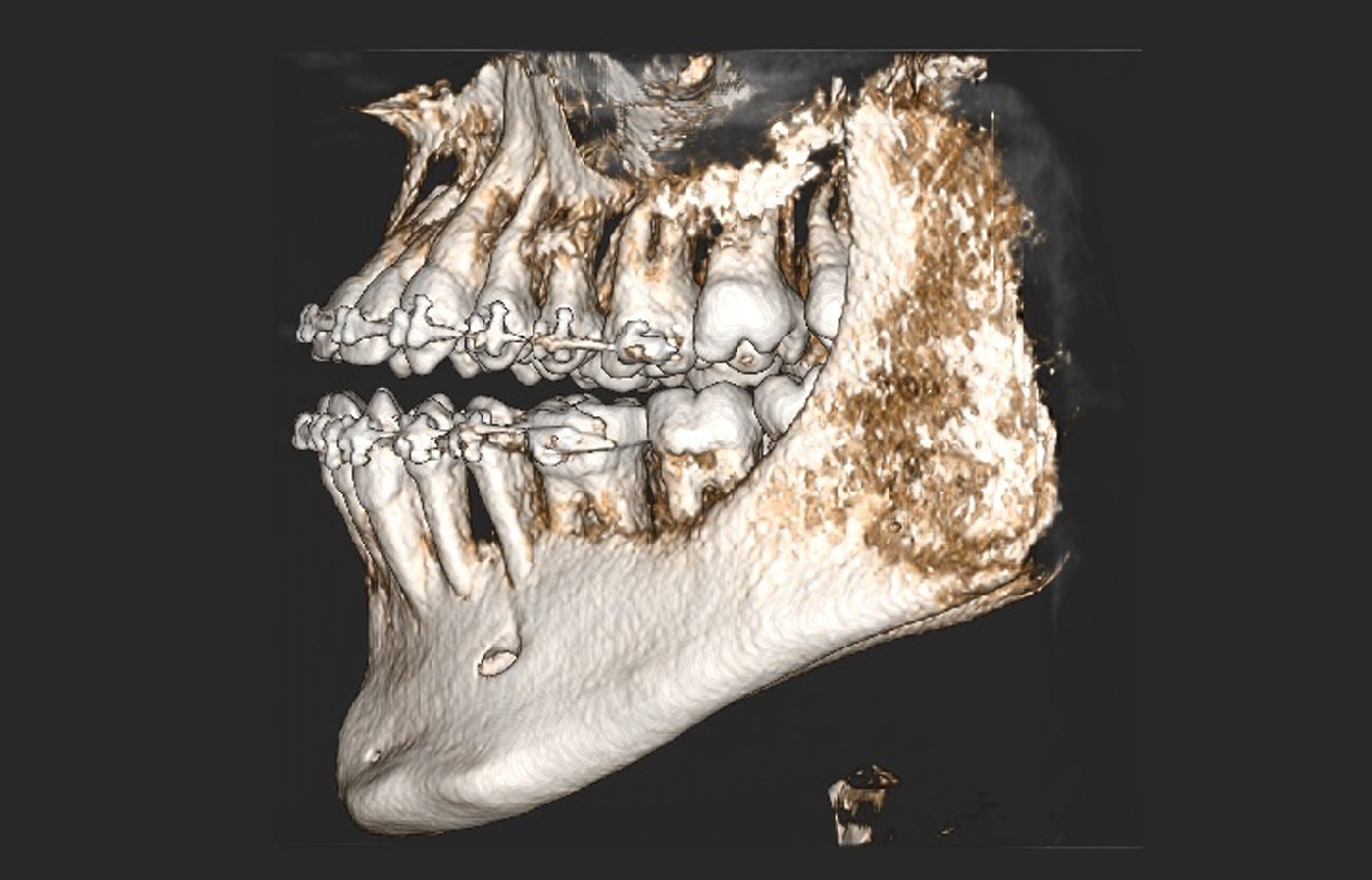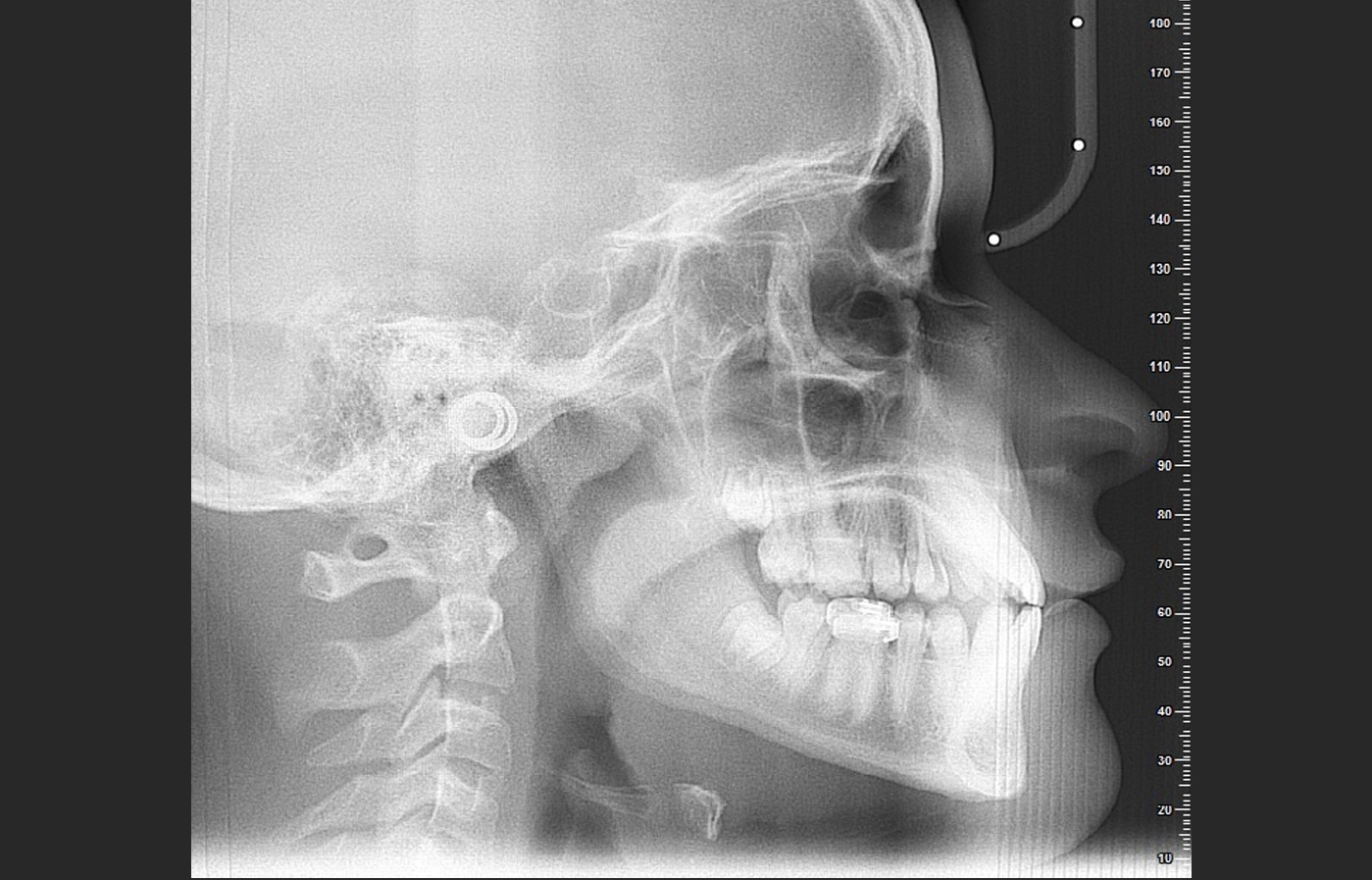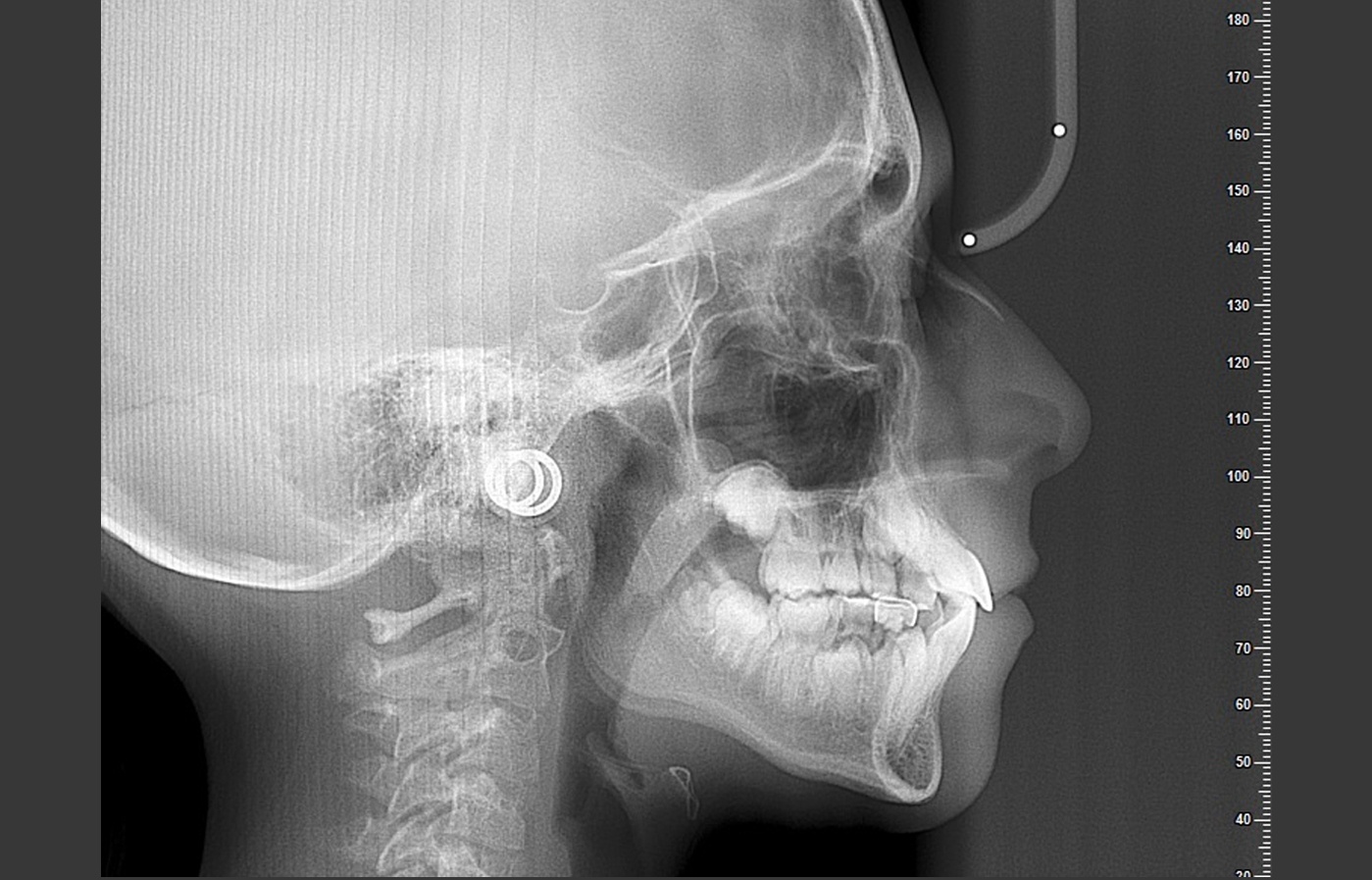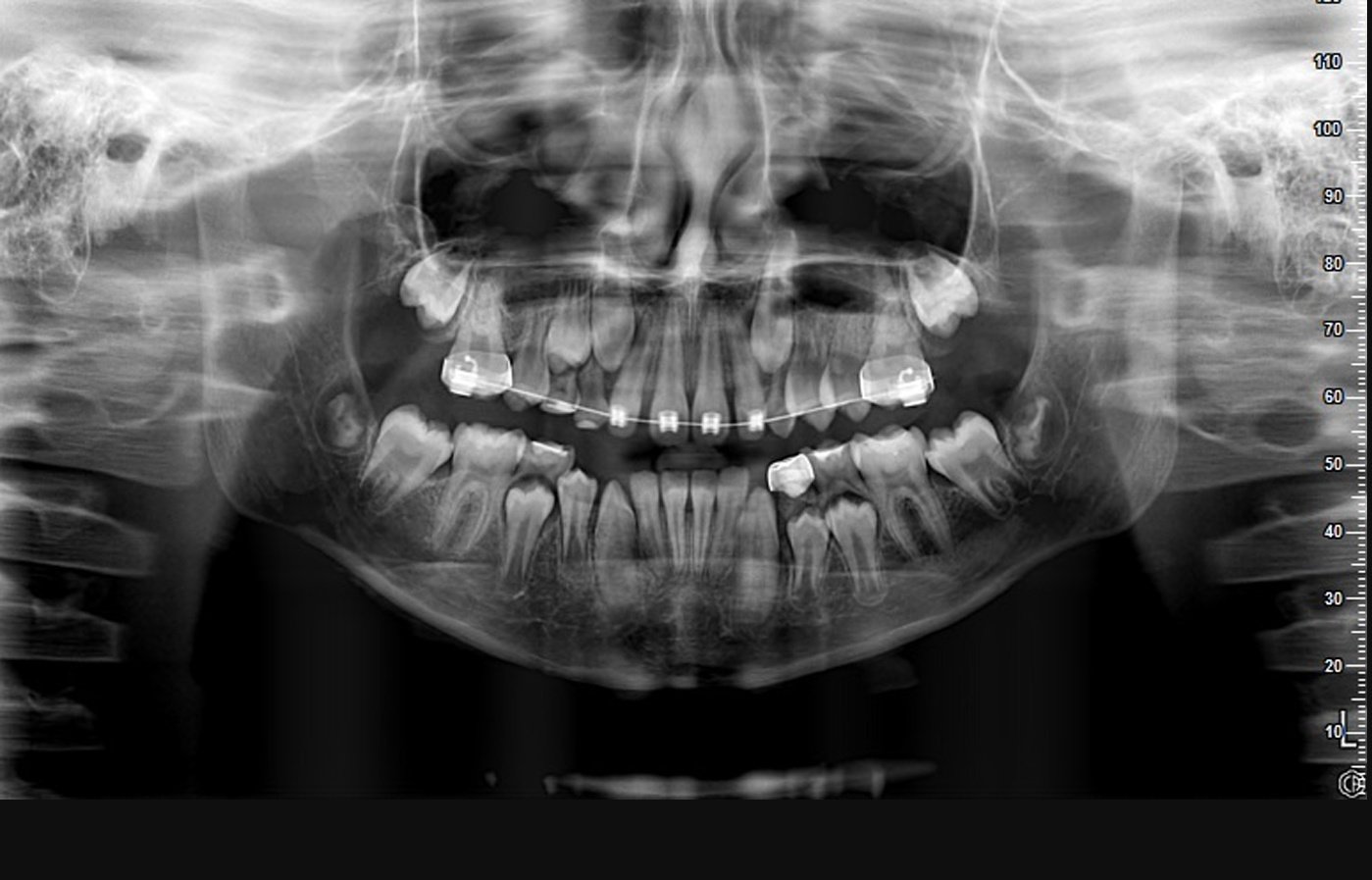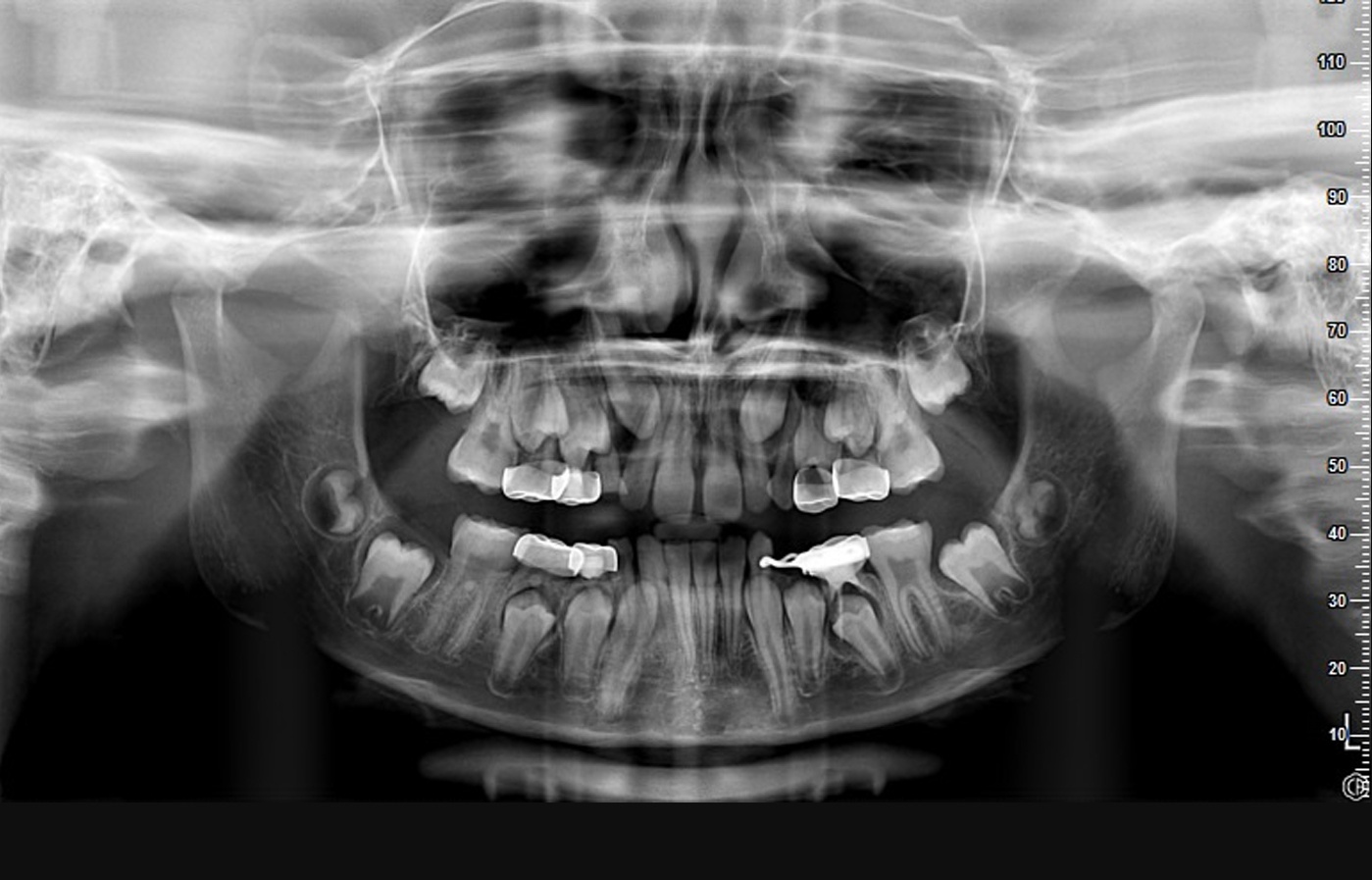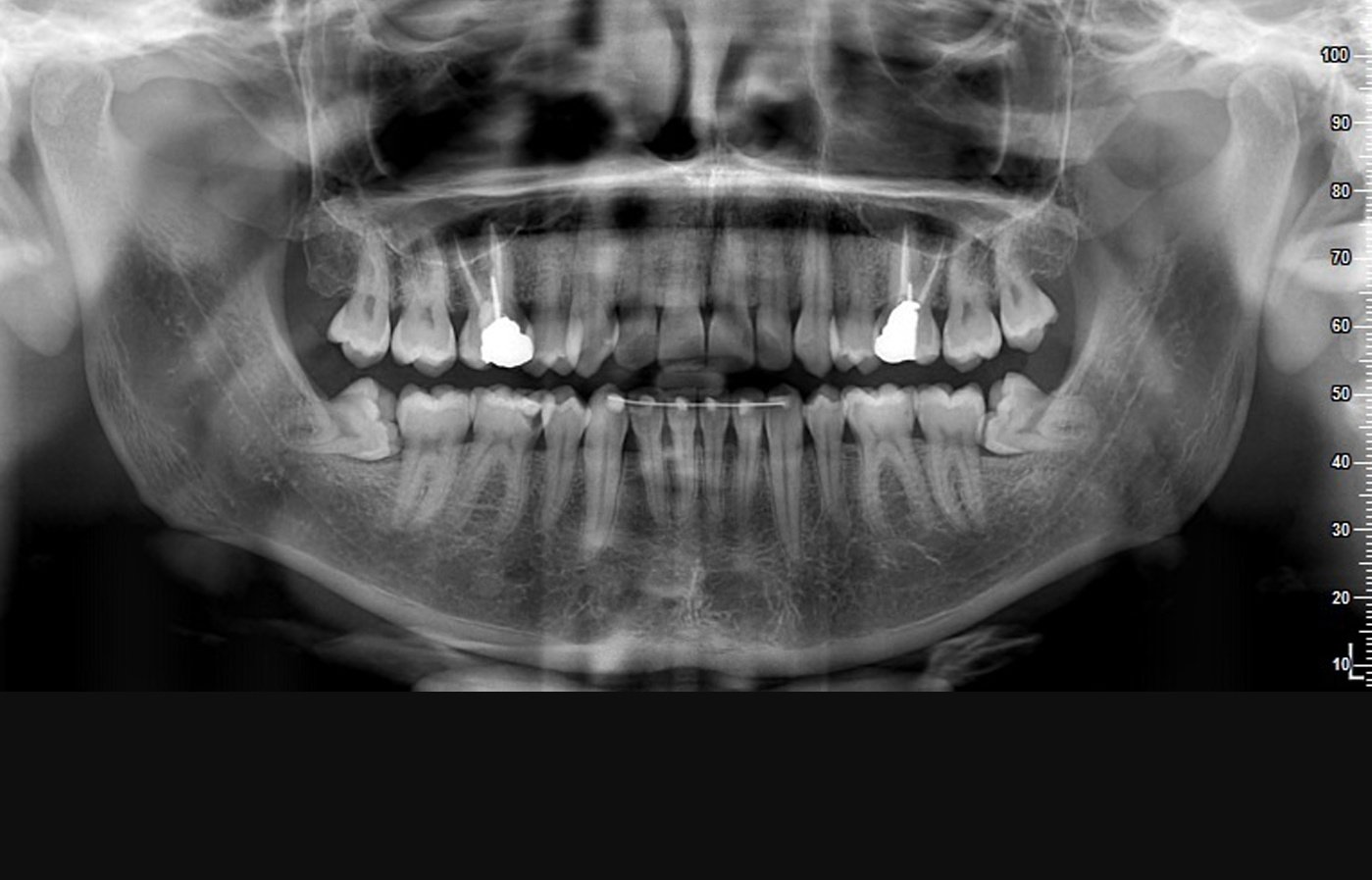How does it work?
It is all the same with Digital X-rays, but only more focused on the mouth, and has a receptor that turns around over the patient's head. The patient will be asked to stand along with the machine, bite the stick apparatus used as a centering point, hold on to the handle for support, and not move. Once the scan starts, images will be produced immediately and will be ready for viewing once the scan is finished.
Who can have Dental Radiography?
- Dental patients of Male or female; Pediatrics, Adults & Geriatrics, but pregnant patients must not be exposed
- Children
Sometimes these patients need extra motivation or extra effort to complete an X-ray. A parent or significant other is most of the time asked to hold, restrain, or at least stay with the patient while being x-rayed. This person will be given proper protective measures and will not be exposed directly. Importantly, this person must not be pregnant.
Why?
- Generally, for dental purposes
Risk:
- A very low dosage of Ionizing Radiation (X-ray)
Routine Operating Procedure in Digital Dental Radiography:
- The doctor’s request is reviewed first by the staff radiographer.
- Safety questions are asked. (confirmation of Name & DOB and pregnancy screening for females)
- Earrings, Hairpins, hair clips, and other hair or head accessories are asked to be removed.
- The patient’s personal belongings (including phone, credit cards, money, etc.) are all placed in the locker provided.
- A lead gown will be provided before positioning as protection from unnecessary exposure.
- The radiographer will ask the patient to stand near the machine and explain what the position will be.
- Dental Digital X-ray exams are painless, fast, and expose to a low dose of radiation. It is important that you remain perfectly still while the images are being captured.
Related topics:
.png?width=281&height=59&name=bookanappointment%20(1).png)



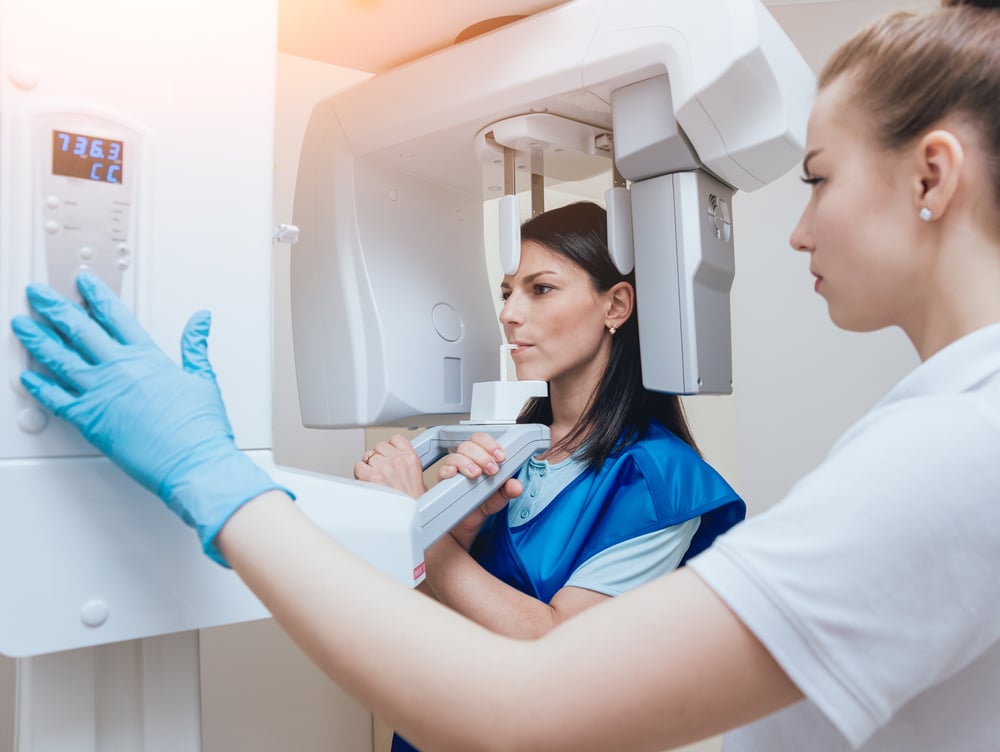
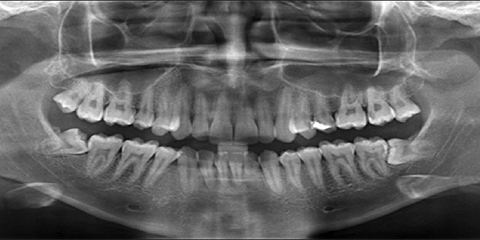
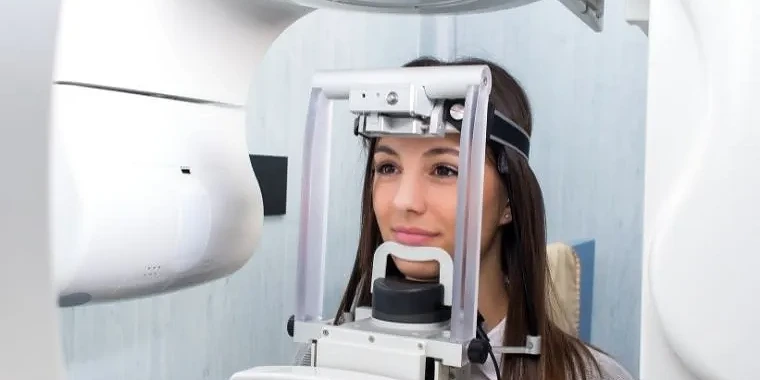

.png?width=281&height=59&name=bookanappointment%20(1).png)


